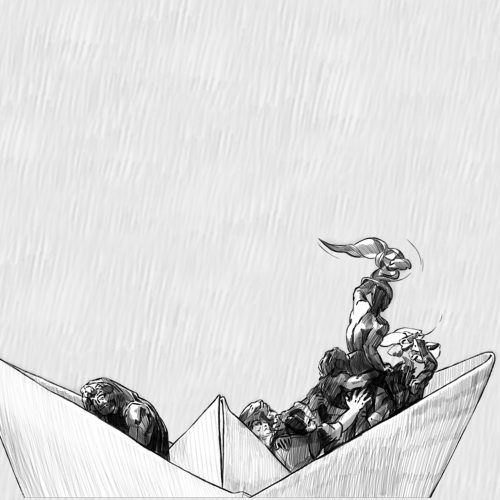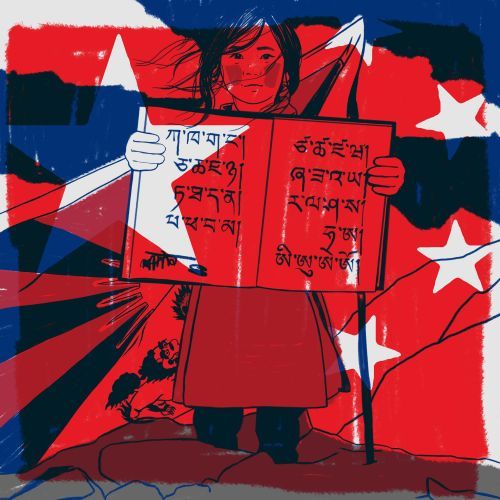Rohingya refugee children will get access to education
More than two years after they were forced to flee Myanmar, some of Rohingya children in refugee camps in Bangladesh will be able to study. The Bangladesh government will allow schooling for Rohingya children aged between 11 and 13 years old. They will learn the Myanmar curriculum in the Burmese language. Those older than 14 will be trained in vocational and skill education, according to the Amnesty International organization. 10,000 Rohingya children will begin studying from April 2020 with a UNICEF pilot program.
Over 700,000 ethnic Rohingya fled from Myanmar to Bangladesh in 2017 after Myanmar’s military crackdown that leads to tens of thousands of deaths after the persecution of Rohingya Muslim minority in Rakhine State. The army of Myanmar, a predominantly Buddhist country, said it was targeting Rohingya militants and not civilians. It has been accused of “genocide” by a United Nations report.
In recent months, humanitarian organizations have been demanding access to education for what they call a “lost generation”. In the report “‘Are We Not Human?: Denial of Education for Rohingya Refugee Children in Bangladesh,” Human Rights Watch organization reported in 2019 that the Bangladesh government did not allow aid groups in Cox’s Bazar refugees camps providing education to these children.

























